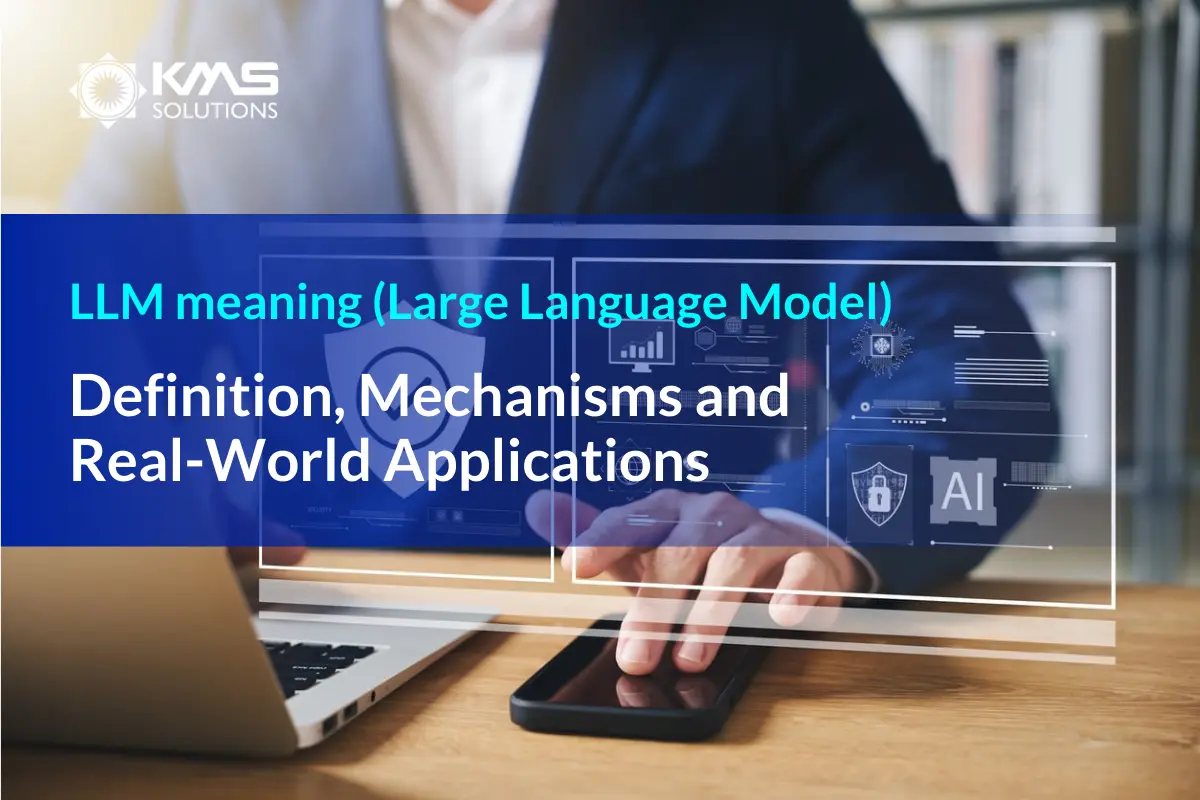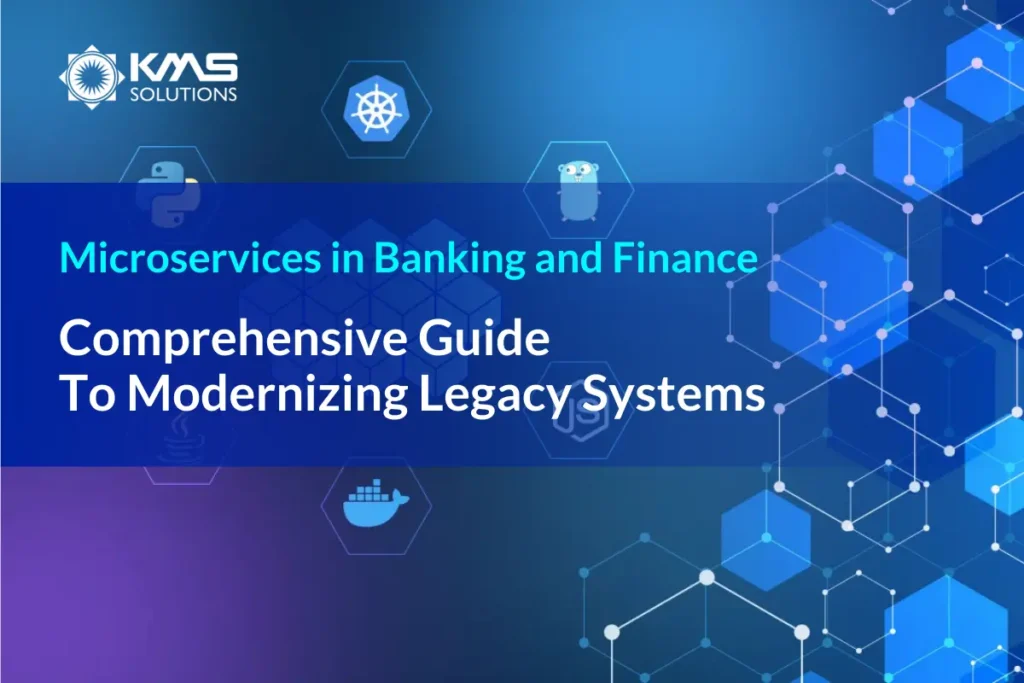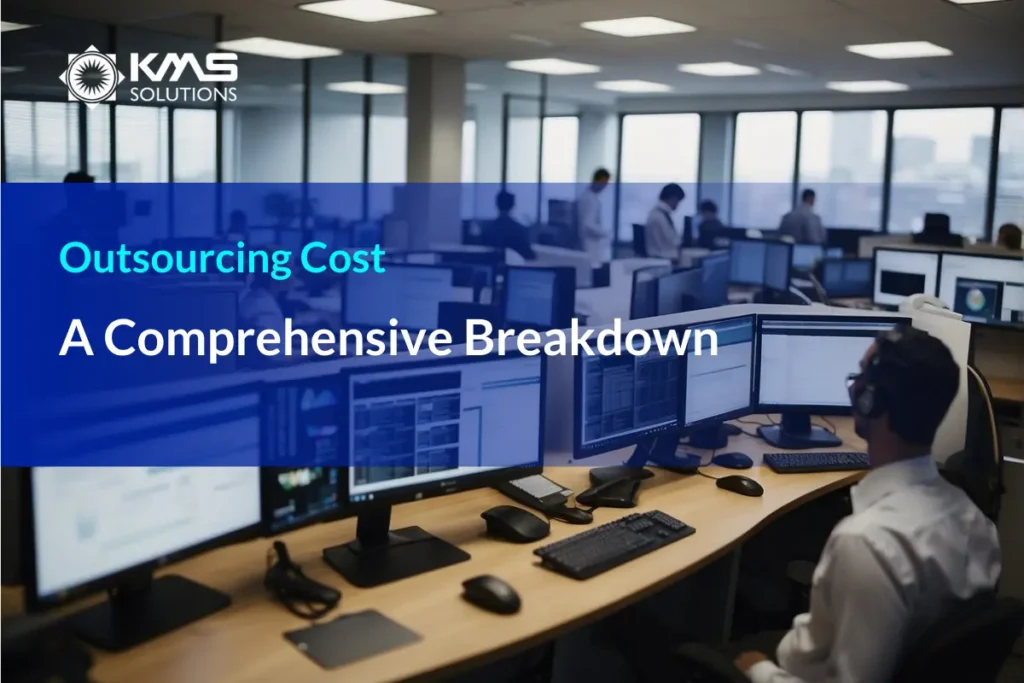In recent years, the rise of artificial intelligence (AI) has significantly transformed various industries, with one of the most prominent advancements being Large Language Models (LLMs). This technology has revolutionized how we interact with machines and the way businesses operate, especially in fields such as banking, healthcare, and customer service. In this article, we will explore the meaning of LLM, its mechanisms, and its real-world applications, particularly in the banking sector.
What is LLM?
LLM stands for Large Language Model. It refers to a type of AI that is designed to understand and generate human-like text based on the input it receives. These models are trained on vast datasets that encompass a wide array of topics, allowing them to generate coherent and contextually relevant responses. LLMs utilize deep learning techniques, particularly neural networks, to process language in a way that mimics human understanding.
The Mechanism Behind LLMs
At the core of LLMs lies the concept of natural language processing (NLP), which is a branch of AI focused on the interaction between computers and human language. The mechanism of LLMs involves several key steps:
- Data Collection and Preprocessing: LLMs are trained on massive datasets sourced from the internet, books, articles, and other textual materials. This data is preprocessed to remove noise and ensure that the model learns from high-quality information.
- Tokenization: Before training, text is broken down into smaller units called tokens. These tokens can be words, phrases, or even characters, depending on the language model’s design.
- Training: The model undergoes a training process where it learns to predict the next token in a sequence, given the previous tokens. This is done through a technique called supervised learning, where the model is exposed to labeled data and adjusts its parameters to minimize prediction errors.
- Fine-Tuning: After the initial training, the model may be fine-tuned on specific datasets to improve its performance in certain domains, such as finance or customer service.
- Inference: Once trained, the model can be used to generate text or provide responses based on new inputs, effectively simulating human-like conversation.
Read more: Large Language Models in Financial Services
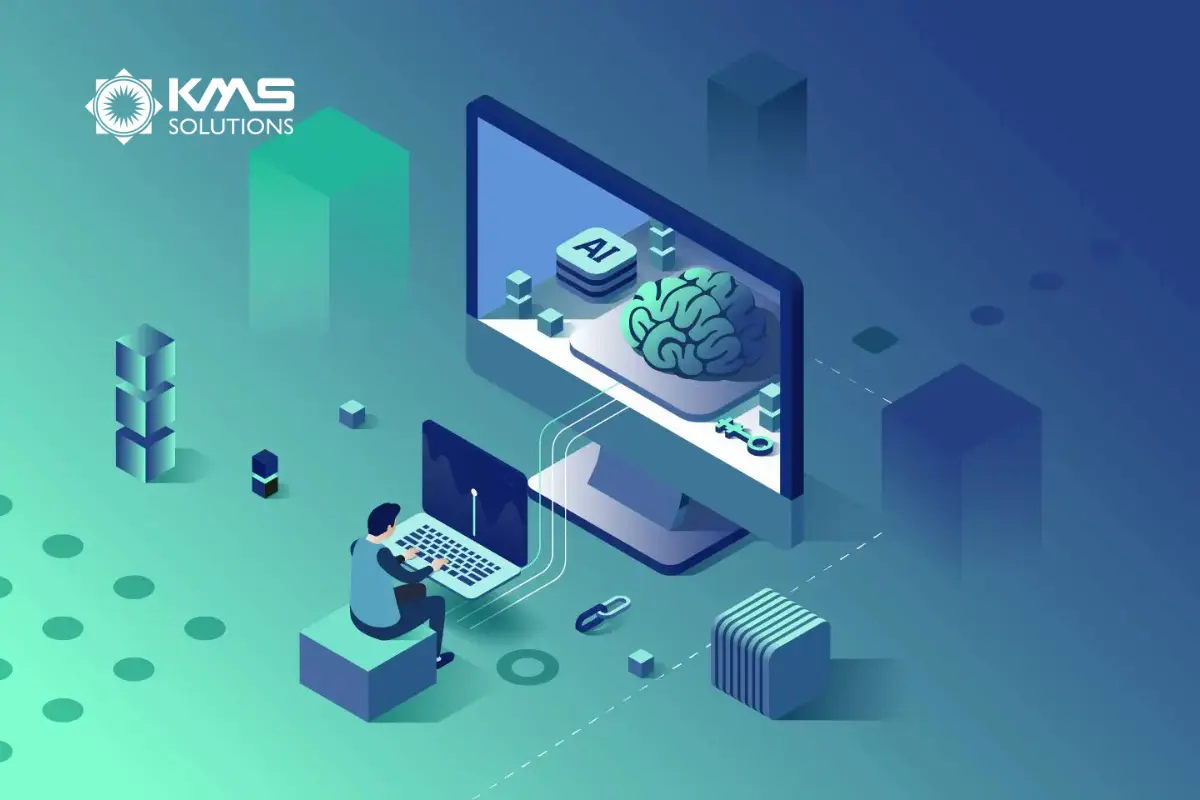
Applications of LLM in Banking
The banking sector is one of the industries that has significantly benefited from the implementation of LLMs. Below are some key applications of LLMs in banking:
Customer Support Automation
One of the most common uses of LLMs in banking is for automating customer support. Banks can deploy chatbots powered by LLMs to handle a wide range of inquiries, from basic account information to more complex financial advice. These AI-driven systems can provide instant responses, reducing wait times for customers and improving overall satisfaction.
Fraud Detection and Prevention
LLMs can play a crucial role in identifying fraudulent activities by analyzing patterns in transaction data. By leveraging their ability to process large volumes of text and data, LLMs can flag unusual transactions and alert banking personnel to potential fraud, allowing for timely intervention.
Personalized Banking Services
LLMs can help banks offer personalized services to their customers by analyzing individual financial behaviors and preferences. By understanding customer needs through natural language interactions, banks can tailor their products and services, leading to a more personalized banking experience.
Document Processing and Compliance
Banks deal with vast amounts of paperwork, including loan applications, compliance documents, and transaction records. LLMs can streamline the document processing workflow by automating data extraction and analysis, ensuring that banks comply with regulations while minimizing manual effort.
Market Analysis and Forecasting
LLMs can assist financial analysts by processing news articles, market reports, and social media feeds to provide insights into market trends. By analyzing language patterns and sentiments, these models can help banks make informed decisions about investments and risk management.
Risk Assessment
Using LLMs for risk assessment allows banks to analyze historical data, customer behavior, and market conditions more effectively. This capability helps banks determine the risk associated with lending, investment, and other financial activities, leading to better decision-making.
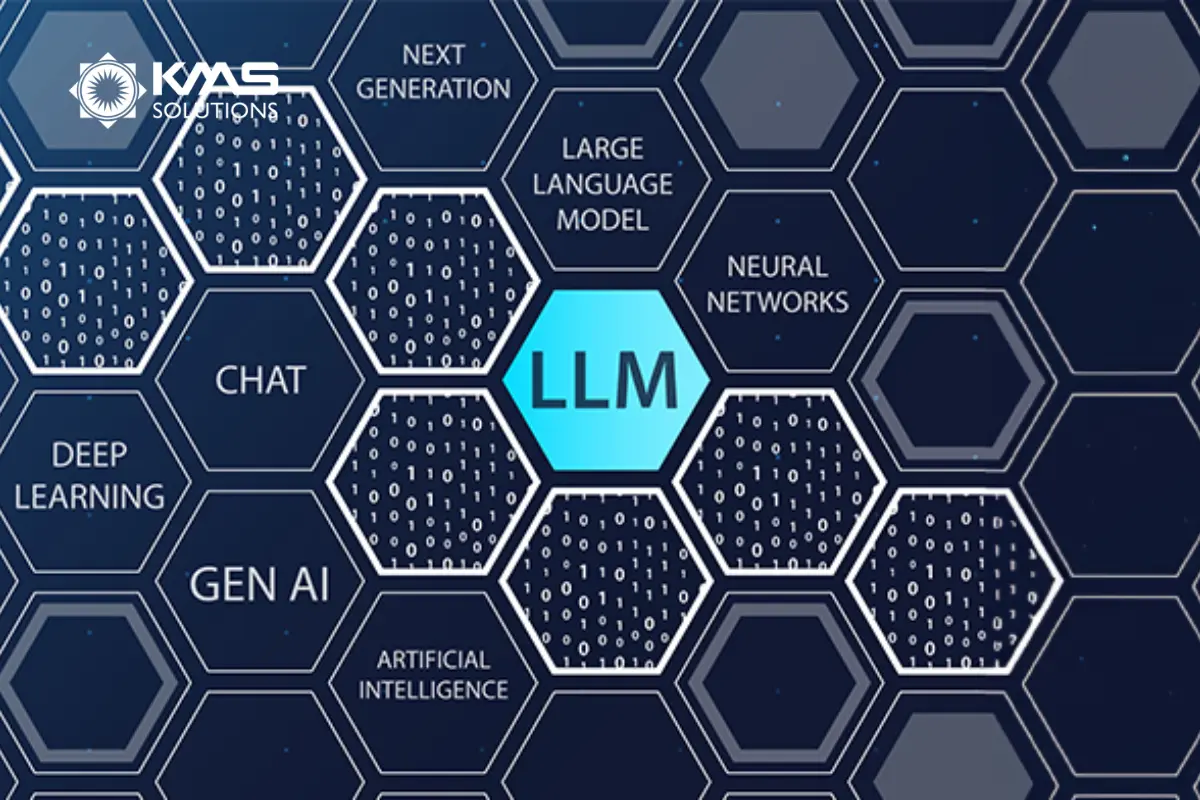
The Future of LLM in Banking
As AI technology continues to evolve, the applications of LLMs in banking are expected to expand further. We may see advancements in areas such as predictive analytics, where LLMs can anticipate customer needs based on historical data and trends. Moreover, the integration of LLMs with other technologies, such as blockchain and IoT (Internet of Things), could lead to even more innovative solutions in the banking industry.
Challenges and Considerations
While the benefits of LLMs are significant, there are challenges and considerations that banks must address:
- Data Privacy and Security: Banks must ensure that customer data is handled securely and in compliance with regulations, such as GDPR and CCPA.
- Bias and Fairness: LLMs can inadvertently perpetuate biases present in training data, leading to unfair outcomes. Continuous monitoring and fine-tuning are essential to mitigate these issues.
- Cost of Implementation: Integrating LLM technology can be costly, requiring investment in infrastructure, training, and ongoing maintenance.
Read more: ChatGPT and Developers: Friend or Foe
Conclusion
LLMs represent a transformative force in the banking industry, enabling enhanced customer support, improved fraud detection, personalized services, and efficient document processing. As banks continue to adopt these advanced technologies, the landscape of banking will evolve, leading to a more efficient and customer-centric experience.
If your bank is looking to leverage the power of AI software development and integrate LLMs into your operations, consider reaching out to KMS Solutions. Our expertise can help you navigate the complexities of implementing these cutting-edge technologies, ensuring you stay ahead in the competitive banking landscape.
This article has explored the fundamental aspects of LLMs and their applications in the banking sector. By understanding the definition, mechanisms, and real-world uses of LLMs, banks can harness the full potential of this technology to drive innovation and enhance customer experiences.

